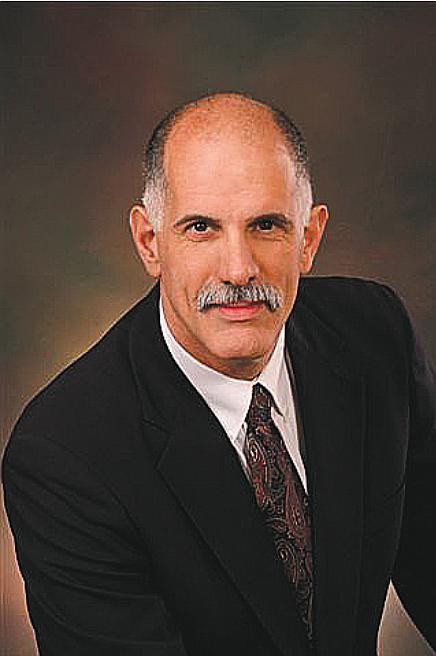COMMENTARY: Dreams of Electric Sheep
Is a Tesla really zero emission? Maybe not so much.
Electric vehicles are touted as an essential component in the new “Green Economy” needed to save the planet from carbon dioxide (CO2) induced global warming. Why? Because electric cars run on batteries so they have zero emissions. But batteries, like the gas tank on a regular car, only store energy so you must “fill” the batteries with the electrical energy needed to propel the car.
But where does the electrical energy come from?
That plug in your garage or the charging station is connected to the U.S. power grid. The “Grid” connects all the various electrical power sources with all the users, including you and me.
The electricity that feeds the Grid comes from various sources. Most, 60% comes from burning fossil fuel like natural gas (38%) and coal (22%). Nuclear supplies 19%, hydro 6%, and burning biomass (wood and garbage) 2%. The Grid is also fed by intermittent sources such as wind 9% and solar 3%. The Grid is about 95% efficient in transmitting and distributing power so 5% of generated electricity is lost.
62% of the electricity generated to run electric cars comes from burning fuels that release CO2, therefore the “Zero Emissions” claim is false. Electric cars may not emit CO2 but the emission of CO2 is required to run them.
Electrical power is measured in kilowatt hours (kWh), which is 1,000 watts delivered for one hour. It takes one kWh to power a 100 watt lightbulb for 10 hours. In Idaho, one kWh costs about 9 cents. That same one kWh will run my Tesla for about 3 miles so it costs about 3 cents a mile.
If your gasoline car gets 34 miles per gallon then gasoline would have to cost $1.02 per gallon to have the same energy cost per mile as a Tesla. At $5 per gallon that electric car is looking good. Go buy one.
A typical Tesla costs about $65,000 and a typical gas car about $35,000. If you drive 12,000 miles a year the Tesla will cost you $360 in energy. At $5 per gallon your gas car will cost you $1,765 a year in energy. Given you paid an extra $30,000 for the Tesla, it will take over 21 years to save in energy costs the extra money you spent to buy the electric car.
To meet the current climate goals, 90% of cars must be electric by 2050. That is roughly 300 million electric vehicles in 28 years, and they will need enough electricity to make them go. How much? About 1,200 billion kWh. Is that a lot? The entire U.S. energy production in 2021 was 4,100 billion kWh. So yeah, that’s a lot.
To meet the needs of an electric car future we need to DOUBLE the rate that we are adding generating capacity to our grid and that new capacity needs to be zero carbon.
Coal and natural gas power plants are out as they generate CO2. We can’t build many more hydroelectric dams as all the best spots are taken. While solar and wind can provide some electricity, they cannot supply all the needs because sunshine and wind are intermittent. Plus they are very expensive. Solar and wind produce about the same revenue as they cost to build and are only economically viable with tax subsidies.
There is one known electricity source that has the potential capacity, has been demonstrated to be the safest, and has zero carbon emissions. Nuclear.
The U.S. has 93 nuclear power plants that generate 800 billion kWh annually which is 19% of our total usage. Each plant produces about nine billion kWh a year. To charge our electric car fleet in 2050 we will need 133 new nuclear power plants plus another 90 to replace aging existing plants plus another 150 to supply the expanding demand.
We need to build a new nuclear power plant every month for the next 28 years or face severe energy shortages.
Nuclear? But Chernobyl!
Chernobyl was a Generation 1 design with no safety containment. Modern Generation IV reactors are intrinsically safe and shut themselves down in an emergency. New nuclear fuel cycles consume waste from older generation reactors. Small Modular Reactors (SMR) each produce about 500 million kWh per year. You would need a lot more of them but they could be built in factories at a much lower cost.
A green future is a nuclear future. Anyone saying otherwise is just blowing CO2.
It’s just common sense.
• • •
Brent Regan is a Kootenai County active citizen.

